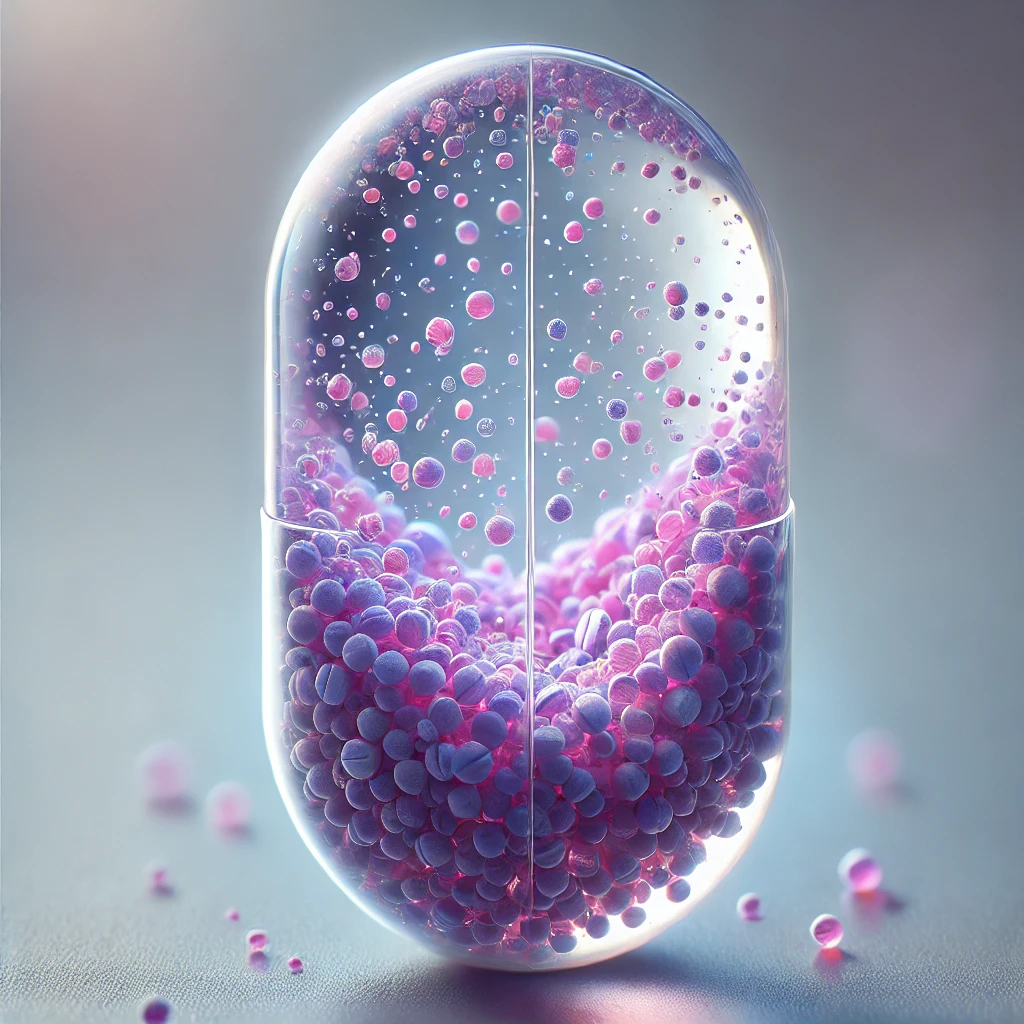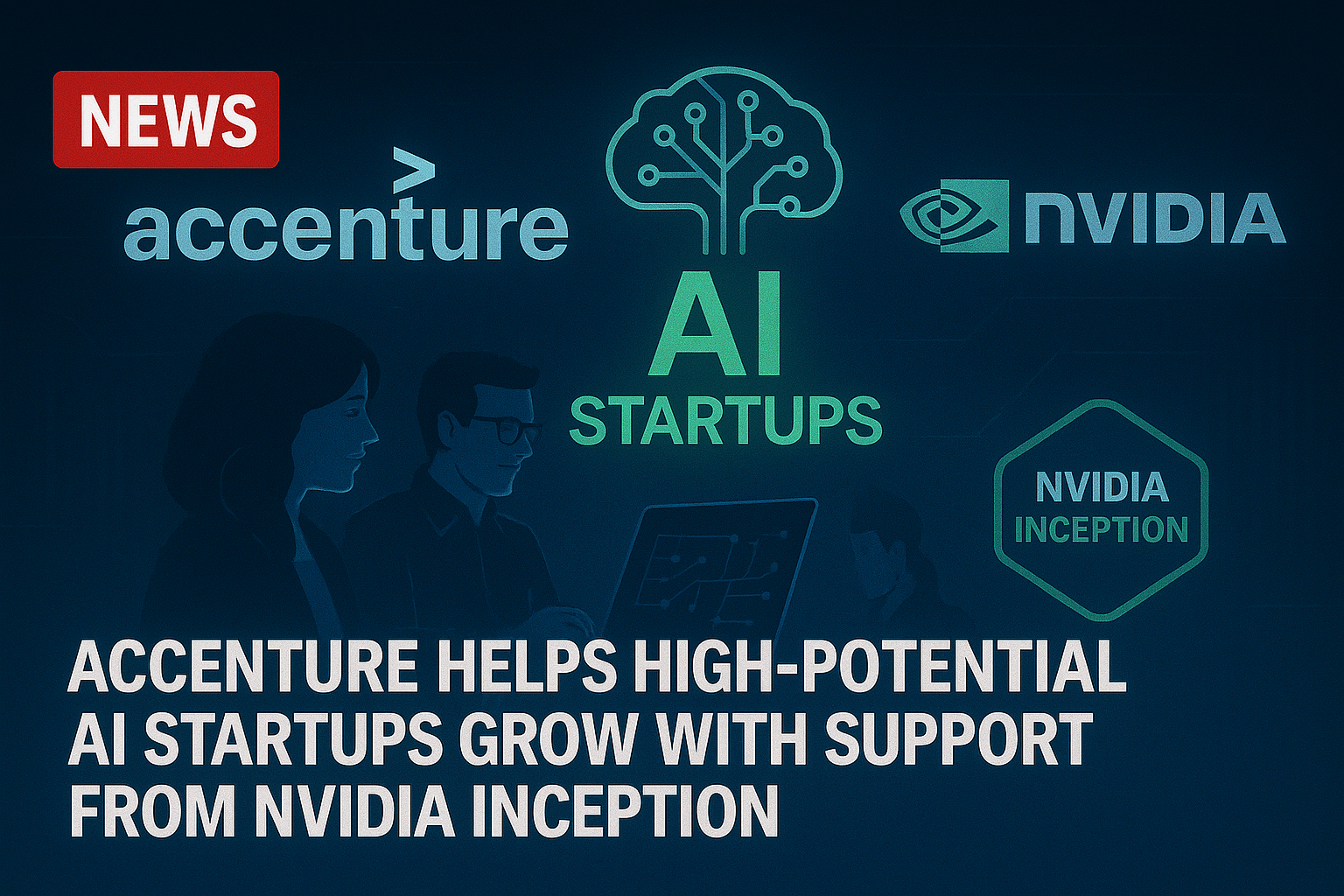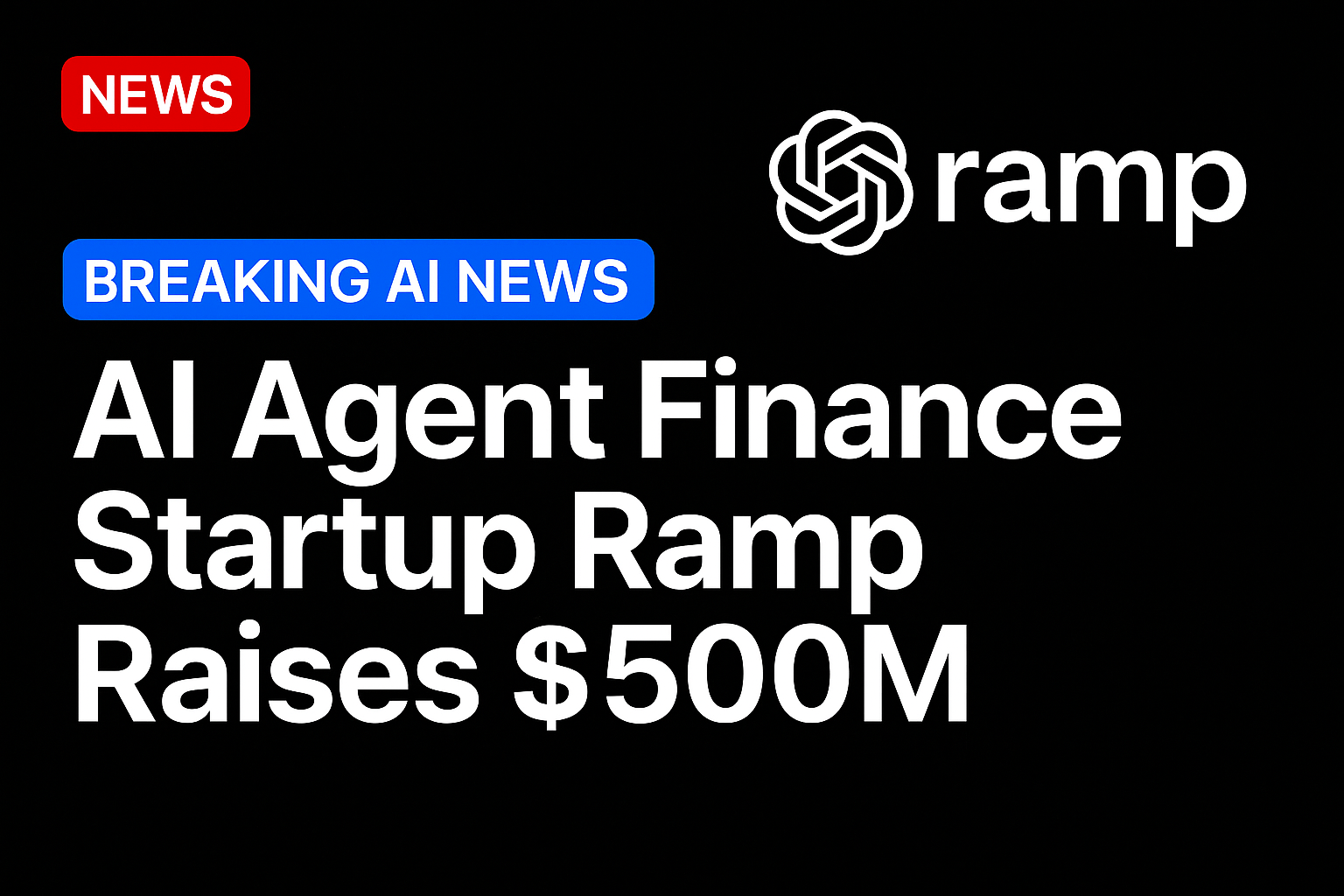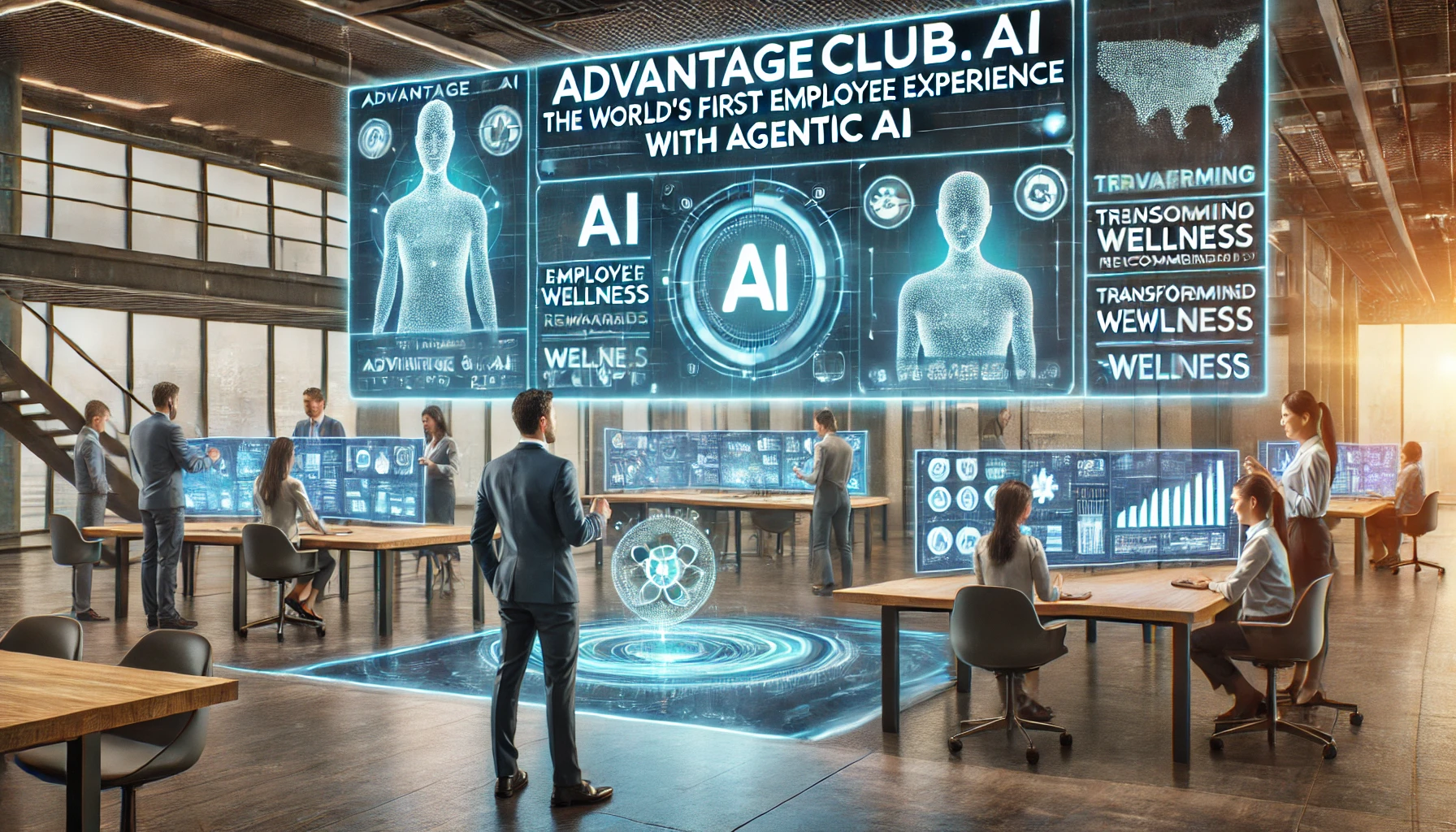The pharmaceutical world is on the cusp of a revolution, and artificial intelligence (AI) is at its forefront. While drug development is traditionally a long, expensive, and uncertain process, AI is opening new doors by repurposing existing drugs for the treatment of rare diseases. This approach not only accelerates the timeline for delivering therapies but also offers hope for thousands of diseases, many of which currently have no treatments.
The Promise of AI in Drug Repurposing
AI’s ability to analyze massive datasets and identify patterns is being harnessed to address one of the most pressing challenges in medicine: the lack of treatments for rare diseases. Often called orphan diseases, these conditions affect a small percentage of the population and, as a result, attract less research funding and commercial interest compared to more common diseases.
However, AI is changing the landscape. By analyzing the molecular structure of existing drugs, AI can predict how these compounds might interact with the biological pathways associated with rare diseases. This allows researchers to identify potential therapies much faster than traditional drug discovery methods, which often involve years of research, clinical trials, and regulatory hurdles.
How AI Works in Drug Repurposing
At its core, AI repurposing works by sifting through large databases of known drugs, examining their mechanisms of action, and predicting how they might affect different diseases. This involves machine learning algorithms that analyze data from clinical trials, genetic studies, and biochemical interactions.
One of the key advantages of repurposing existing drugs is that these compounds have already been approved for use in humans. This means they have passed the necessary safety trials, significantly speeding up the time it takes to bring a treatment to market. Rather than starting from scratch with a new drug, researchers can focus on testing the efficacy of these drugs for new uses, bypassing many of the hurdles that delay traditional drug development.
Targeting Rare Diseases
Rare diseases—defined as conditions that affect fewer than 200,000 people in the United States—are notoriously difficult to treat. There are more than 7,000 known rare diseases, but only a fraction have approved therapies. Drug companies often overlook rare diseases due to the limited financial incentive, as the small patient populations make it difficult to recoup the high costs of drug development.
AI-driven drug repurposing is emerging as a game-changer in this context. By identifying new uses for already approved drugs, AI can target rare diseases that have historically been neglected by pharmaceutical research. For example, AI models can analyze the underlying genetic or molecular causes of rare diseases and match them with existing drugs that have similar mechanisms of action. This approach has already led to promising discoveries.
Success Stories and Progress
One notable success in AI-driven drug repurposing came in the treatment of spinal muscular atrophy (SMA), a rare genetic disorder that leads to muscle wasting and, without treatment, is often fatal in infancy. Through AI analysis, researchers identified an existing drug, spinraza, originally developed for other uses, as a potential treatment for SMA. Today, spinraza is one of the first approved therapies for the disease and has changed the lives of many patients.
AI has also been used to identify potential treatments for cystic fibrosis and Duchenne muscular dystrophy, two other rare diseases that have limited treatment options. By repurposing drugs initially developed for unrelated conditions, researchers have been able to offer new hope to patients with these debilitating diseases.
Additionally, AI is being employed to combat diseases like Huntington’s disease, ALS (amyotrophic lateral sclerosis), and rare cancers, all of which have complex biological mechanisms and are difficult to target using traditional methods.
The Road Ahead: Challenges and Opportunities
While AI has made significant strides in drug repurposing, challenges remain. The accuracy of AI predictions depends heavily on the quality of the data used to train the algorithms. Incomplete or biased data can lead to incorrect predictions, which could waste resources or even harm patients if repurposed drugs do not work as expected.
Furthermore, even though repurposed drugs may have passed initial safety trials, their efficacy and safety for new uses still need to be thoroughly tested. This means that clinical trials, although faster than with new drugs, are still necessary.
Regulatory hurdles also remain. While the FDA and other regulatory bodies are becoming more open to the idea of drug repurposing, the approval process is still lengthy, and there are legal and patent issues to navigate, particularly when it comes to off-label drug use.
Despite these challenges, the potential for AI to revolutionize rare disease treatment is enormous. As AI models become more advanced and data on rare diseases continues to grow, the chances of discovering effective treatments will only increase. For patients with diseases that currently have no available therapies, AI offers a new avenue of hope.
A New Era for Rare Disease Treatment
AI-driven drug repurposing represents a transformative approach to medicine. By applying powerful algorithms to existing data, researchers can accelerate the discovery of treatments for diseases that have long been neglected. For patients with rare diseases, this could be the beginning of a new era—one in which AI helps unlock the therapeutic potential of existing drugs, providing faster, more affordable treatments for conditions that previously had none.
In the coming years, as AI continues to advance, we may see even more breakthroughs in the fight against rare diseases. This intersection of technology and medicine holds the promise of changing countless lives and redefining how we approach drug development, not just for rare diseases, but for all conditions in need of new therapies.





